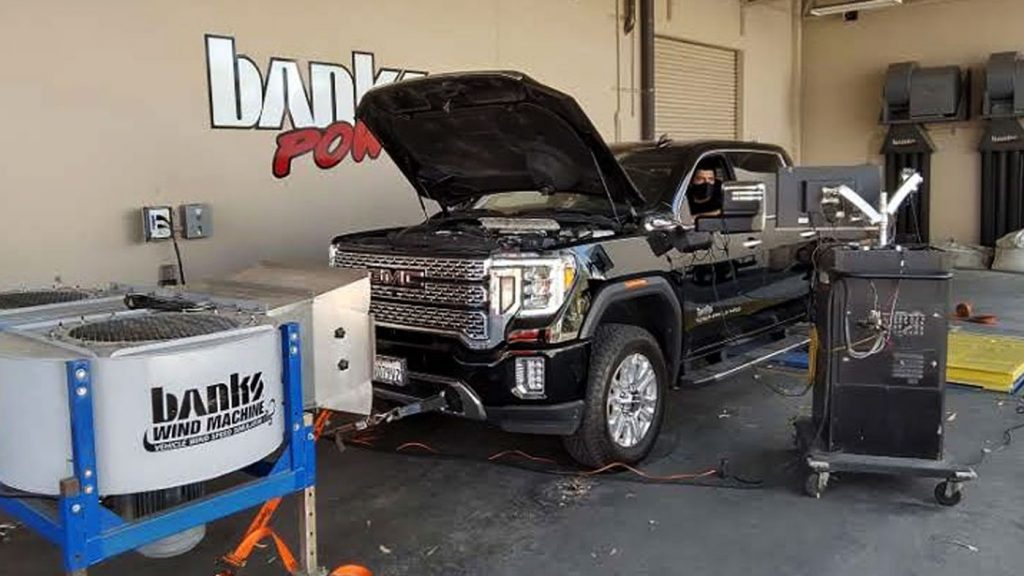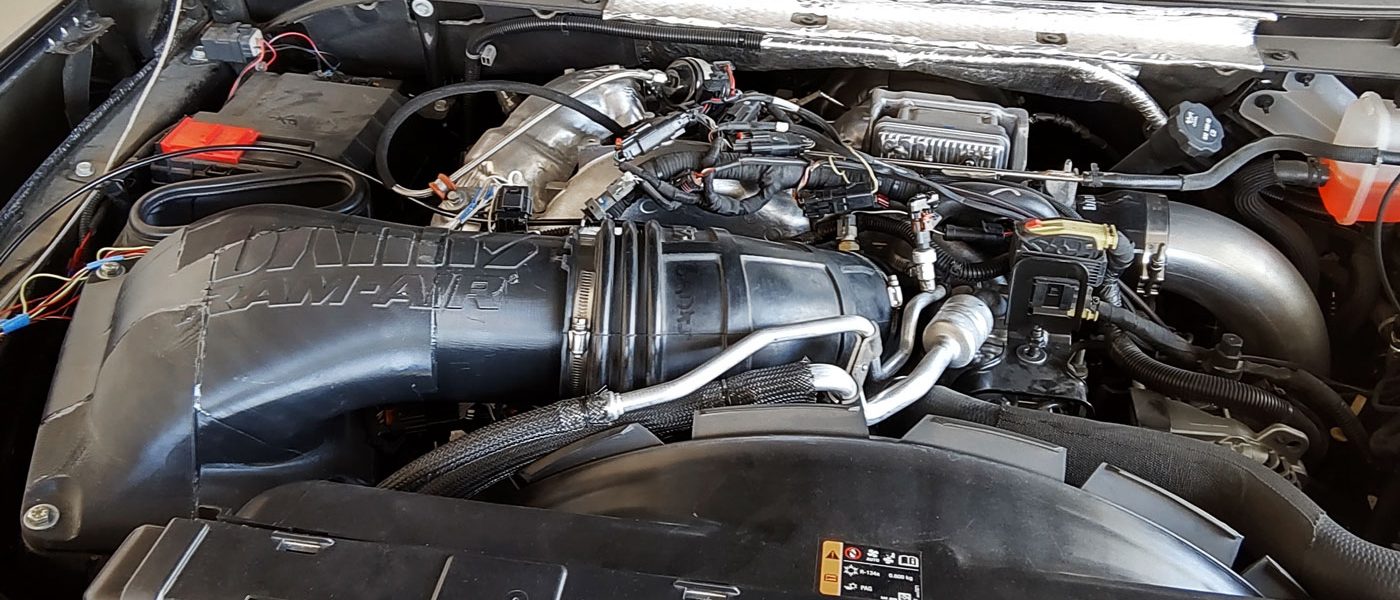Competitive Air-Density Testing
The goal when designing a Banks Ram-Air Intake is to get the most density-charged air into the engine as possible. You can’t just say that you do, you have to back it up with data… REAL data. The data gathering process starts right from the conceptual phase wherein the 3D model is tested in CFD simulations to ensure the optimum airflow. After the CAD model has passed that phase it’s on to printing out a rapid-prototyped piece for testing against stock and the competition, if there is any at that time. Entire systems are tested on the flow bench against each other, and while the data may have shown that the system flowed well in simulation the actual prototype may have room for improvement in either design and/or filter (each Banks high-flow filter is specifically designed for the maximum efficiency of the system, and not an off the shelf filter).

When the Engineering team gets the Ram-Air design that flows the most it’s off to test it on the vehicle. The objective of this portion of testing is to compare the Banks system to stock and the competitive product gathered. The performance will be determined by comparing the ambient air density to the intake system air density. For this testing, the vehicle is specially instrumented to record the ambient air conditions in the nose of the truck (ambient air temperature and ambient air pressure) as well as compressor inlet conditions (temperature and pressure). The data is gathered from chassis dyno tests and on-road testing towing with a trailer for a combined weight capacity of 19,500 lbs. Here, the instrumentation is key to collecting the data to help make the best air intake available on the market.

Data gathered for this phase of testing:
- Ambient Air Temperature
- Ambient Air Pressure
- Underhood Temperature
- Grill Intake Scoop Temperature
- Airbox inlet Temperatures
- Airbox temperature
- Airbox pressure
- Intake Manifold (Comp In) Pressure Intake Manifold (Comp In) Temperature APP
- TPS
- MAF
- MAP
- Vehicle Speed
- Engine RPM
- ECT
- Absolute Engine Load

